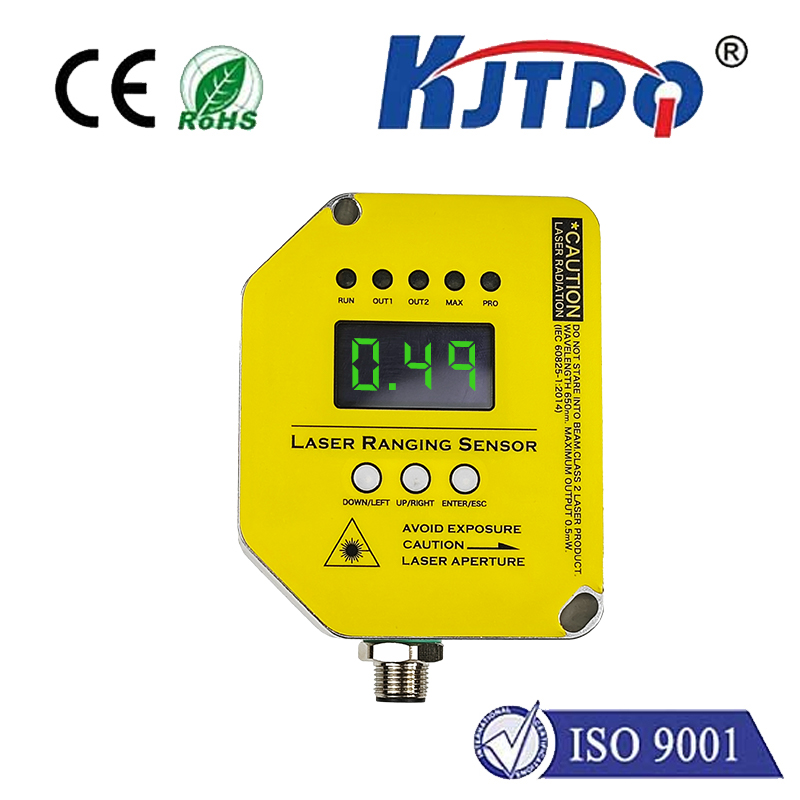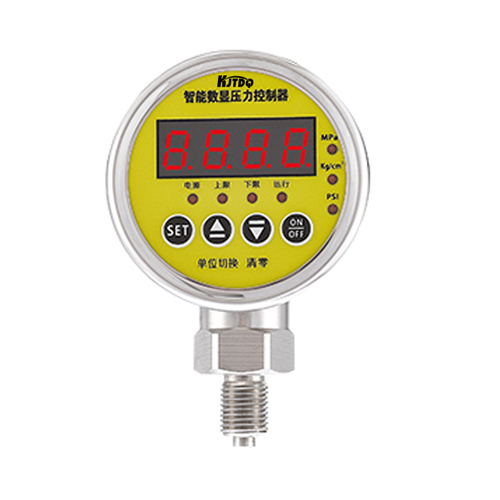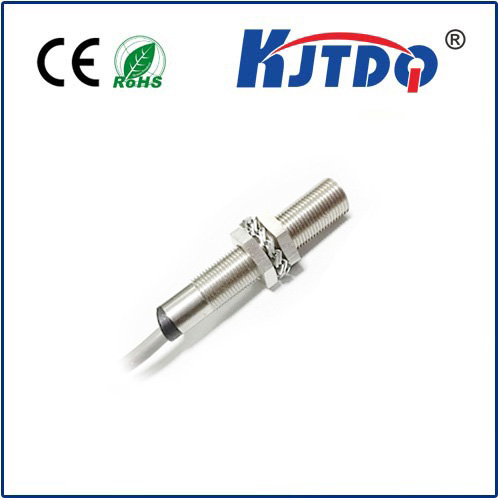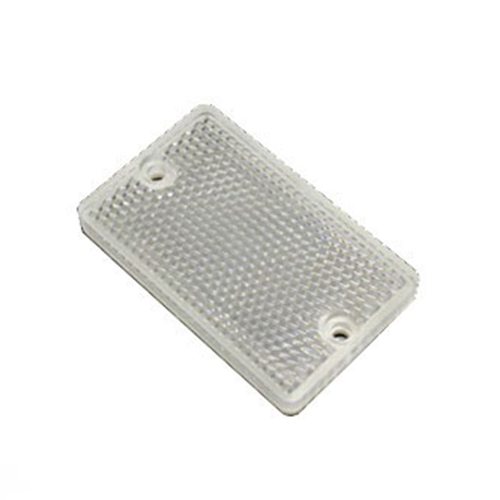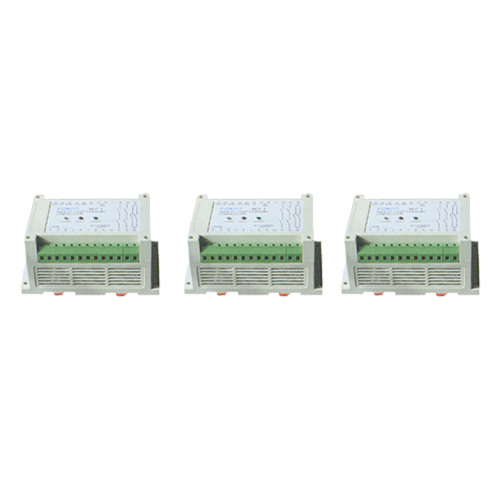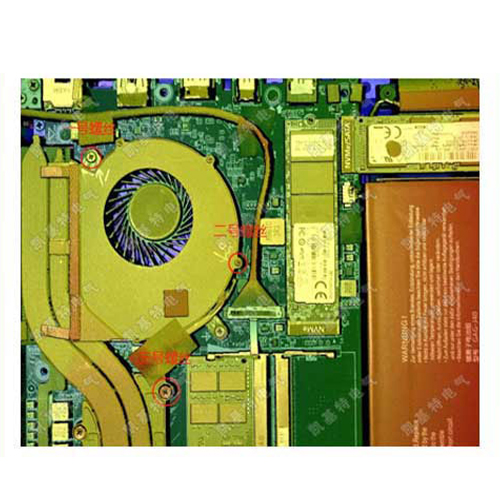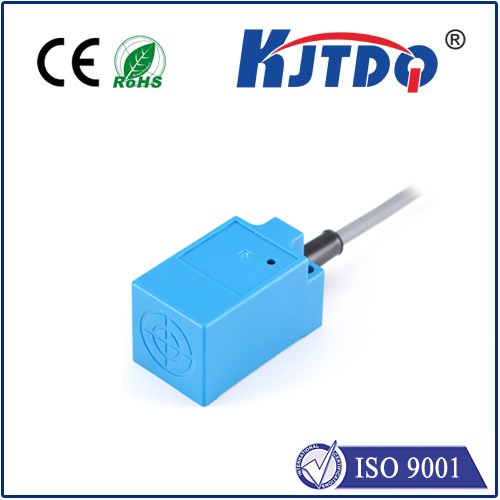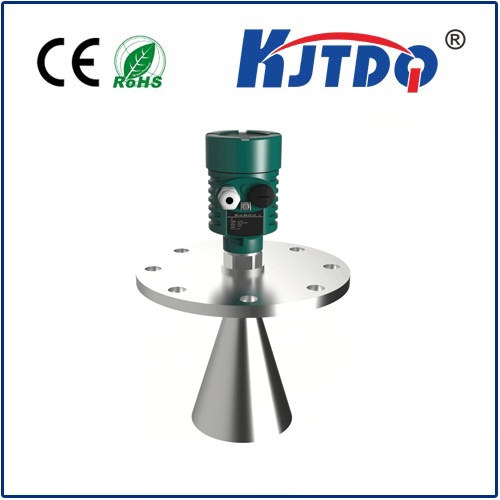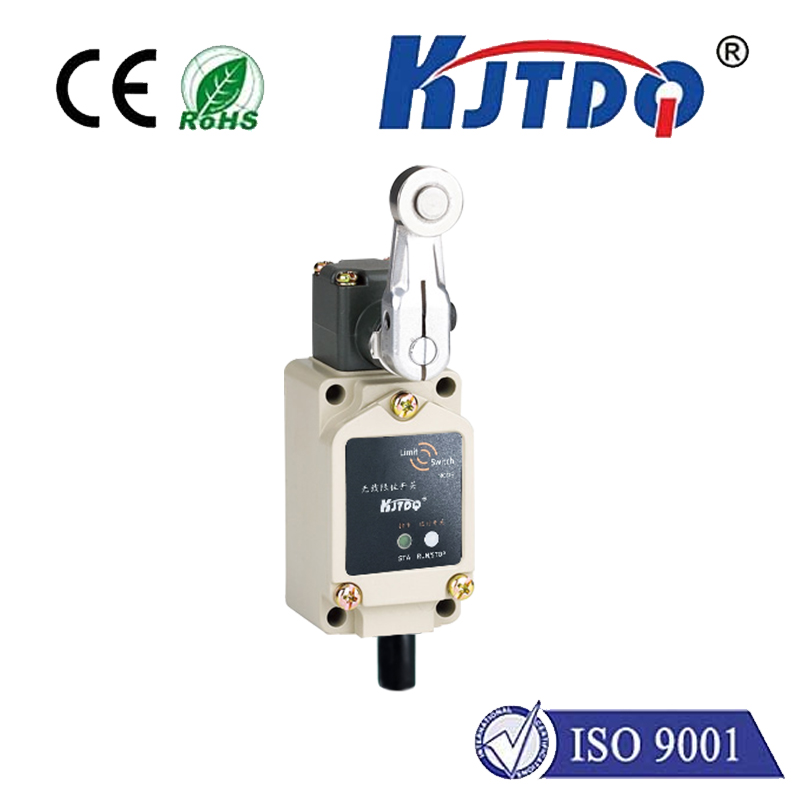12 volt proximity sensor
- time:2025-06-17 00:00:05
- Click:0
Unlock Reliability: Why 12 Volt DC Proximity Sensors Dominate Industrial Sensing
Industrial environments demand robustness. Electrical noise crackles through control panels, temperatures swing wildly, and vibration is a constant companion. For non-contact sensing – detecting objects without physical touch – a specific workhorse thrives in these demanding spaces: the 12 volt DC proximity sensor. This ubiquitous stalwart forms the bedrock of countless automation processes, offering a compelling blend of performance, simplicity, and resilience perfectly suited to modern industrial needs.
Understanding the Voltage Sweet Spot: Why 12V DC?
So, why has 12 volts DC become the de facto standard for a vast majority of proximity sensor applications? The reasons are both practical and electrical:
- Ubiquitous Power Source Compatibility: 12V DC is incredibly common. It’s readily available from standard industrial power supplies, batteries (like those used in vehicles or mobile equipment), and even derived from larger 24V AC/DC systems using simple voltage dividers or regulators. This widespread availability simplifies system design and integration.
- Excellent Noise Immunity: Compared to lower voltage sensors (like 5V), 12V DC signals inherently carry more energy. This makes them significantly more resistant to electromagnetic interference (EMI) – the invisible electrical noise prevalent in factories filled with motors, drives, and switching equipment. A 12V signal is less likely to be drowned out or distorted, ensuring reliable object detection.
- Sufficient Driving Power: While lower than 24V systems, 12V provides ample voltage to reliably switch standard PLC (Programmable Logic Controller) inputs or drive indicator lights directly, without necessarily requiring additional amplification circuitry in most common applications. It hits a practical balance between capability and efficiency.
- Safety and Component Availability: Operating at 12V DC falls within the generally recognized extra-low voltage safety range, reducing risks associated with accidental contact. Furthermore, a vast ecosystem of affordable cables, connectors, power supplies, and replacement parts is built around this voltage standard.
Core Principles: How Does a 12V Prox Sensor Work?
At its heart, a 12 volt proximity sensor is an electronic switch. It doesn’t rely on physical contact. Instead, it detects the presence or absence of a target object within its sensing range using electromagnetic fields:
- Inductive Sensors: The most common type for detecting metal targets. The sensor generates an oscillating electromagnetic field from its active face. When a metallic object enters this field, it induces eddy currents within the metal. These currents draw energy from the sensor’s oscillator, causing a measurable change (amplitude decrease or frequency shift). The sensor’s internal circuitry detects this change and triggers its solid-state output switch – connecting or disconnecting the output wire relative to the power supply common (ground or positive, depending on the type).
- Capacitive Sensors: Detect both metallic and non-metallic objects (liquids, plastics, wood, etc.). These sensors function like an open capacitor plate. The sensor face and the target act as two plates. As a target approaches, it changes the sensor’s capacitance. Internal circuitry monitors this change and switches the output state when the capacitance shift exceeds a preset threshold.
The Wiring Backbone: Understanding NPN and PNP Outputs

One crucial specification for any 12V DC proximity switch is its output transistor type. This defines how the sensor switches relative to the power supply common:
- PNP Switching Output (Sourcing): When active (target detected), the output line is switched to the positive supply voltage (12V+). Think: Positive Switched Positive. The load (e.g., PLC input) is connected between the sensor output and the Negative/Ground (0V). Commonly symbolized as “PNP NO” (Normally Open) or “PNP NC” (Normally Closed).
- NPN Switching Output (Sinking): When active (target detected), the output line is switched to the negative supply voltage (0V/Ground). Think: Negative Switched Negative. The load is connected between the positive supply (12V+) and the sensor output. Commonly symbolized as “NPN NO” or “NPN NC”.
Matching the sensor’s output type (PNP/NPN) to your PLC or control system’s input requirements is absolutely critical for proper operation. Most modern PLCs support both, but always verify!
Built for the Battlefield: Rugged Design Features
Reliability is non-negotiable in industrial automation. That’s why quality 12V proximity sensors boast impressive ruggedness:
- Robust Housings: Typically constructed from nickel-plated brass, stainless steel, or rugged engineering plastics (PBT) to withstand impacts, crushing forces, and chemical exposure common on factory floors.
- IP Ratings (Ingress Protection): Key specifications like IP67 or IP68 guarantee protection against dust ingress and water immersion (IP67: temporary, IP68: continuous), making them suitable for harsh washdown environments or outdoor use.
- Temperature Tolerance: Designed to operate reliably across wide temperature ranges (e.g., -25°C to +70°C or wider), ensuring functionality in both freezing warehouses and hot foundries.
- Shielding: Many sensors incorporate internal shielding to minimize the effects of external metal (“side metal”) and ensure the sensing field is focused forward, leading to precise and reliable detection.
12V vs. 24V: When Does Each Shine?
While 12V DC proximity sensors dominate, 24V DC sensors are also prevalent. The choice often boils down to:
- Distance: 24V systems can sometimes support slightly longer cable runs without significant voltage drop.
- Higher Power Needs: If the sensor needs to drive a higher-power load directly (e.g., a small relay coil, high-power lamp) without an intermediary amplifier, 24V might be preferable.
- Legacy Systems: Some older industrial systems were standardized on 24V.
- Cost: 12V power supplies and associated components can sometimes be marginally less expensive.
However, for the vast majority of standard non-contact sensing tasks involving PLCs or logic controllers in typical industrial settings, the noise immunity, ubiquity, safety, and cost-effectiveness of 12V DC proximity sensors make them the undisputed go-to choice.
Versatile Applications: Where 12V Prox Sensors Excel
The simplicity and reliability of the 12 volt proximity sensor make it indispensable across numerous sectors:
- Conveyor Systems: Detecting presence/absence of boxes, bottles, or parts; counting objects; verifying positioning.
- Machine Tools & CNC: Tool presence detection, workpiece positioning, door interlocks, end-of-travel limits.
- Material Handling: Pallet detection on forklifts/AGVs (Automated Guided Vehicles), position sensing on lifts, safety barriers.
- Packaging Machinery: Film registration, cap/cap presence verification, carton flap detection.
- Automotive Assembly: Robot guidance verification, part presence at stations, clamp closed/open sensing.
- Beverage & Food Processing: Bottle/can counting, fill level detection (capacitive), conveyor jam detection.
Selecting the Right Sensor: Key Considerations
Choosing the optimal 12V DC proximity sensor involves evaluating several factors:
- Sensing Principle: Inductive (metal only) or Capacitive (metal/non-metal)?
- Output Configuration: PNP or NPN? Normally Open (NO) or Normally Closed (NC)?
- Sensing Range: What is the maximum distance required to detect the target?
- Housing Size & Shape: Cylindrical (e.g., M8, M12, M18, M30 threaded barrels),






